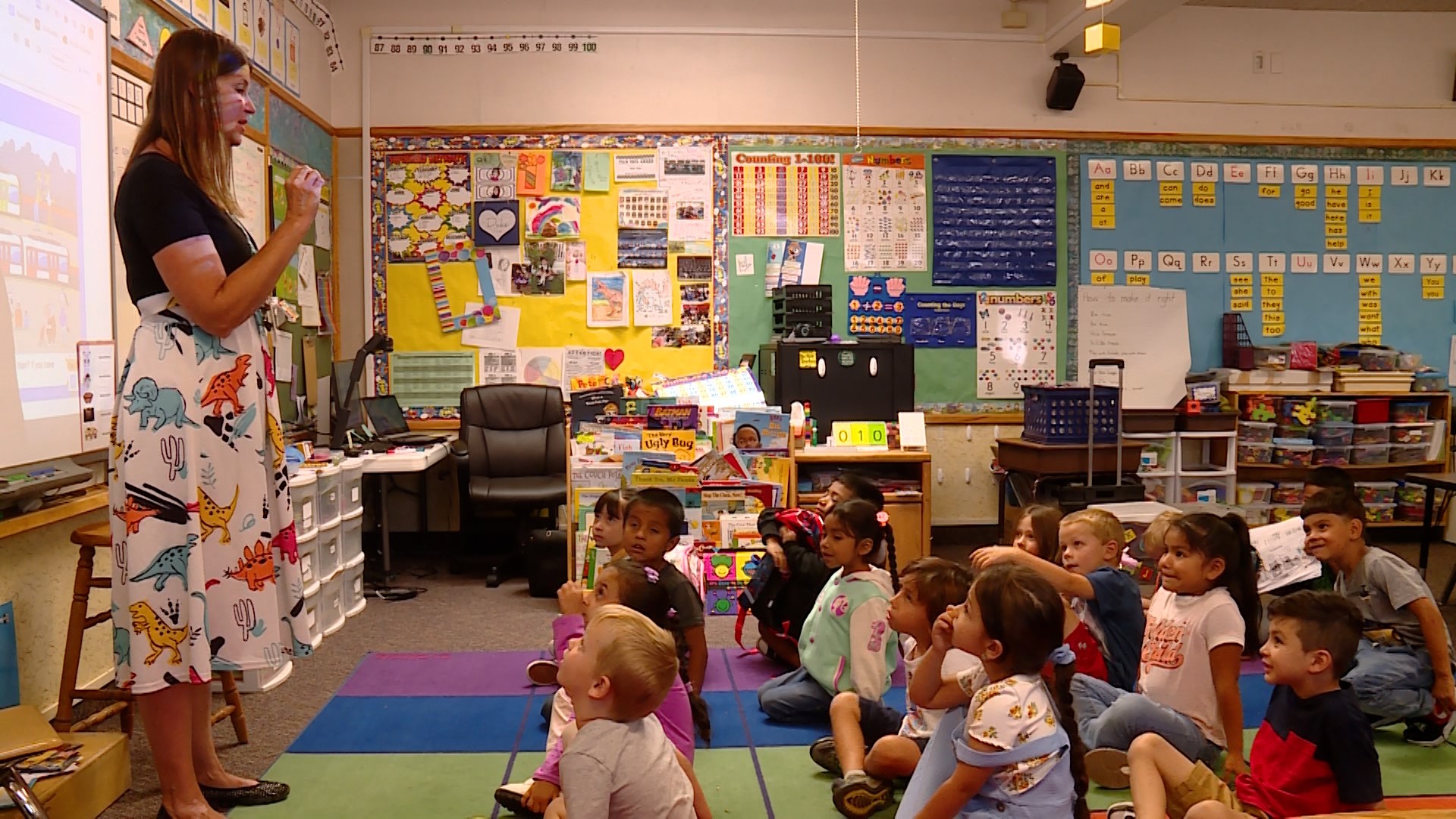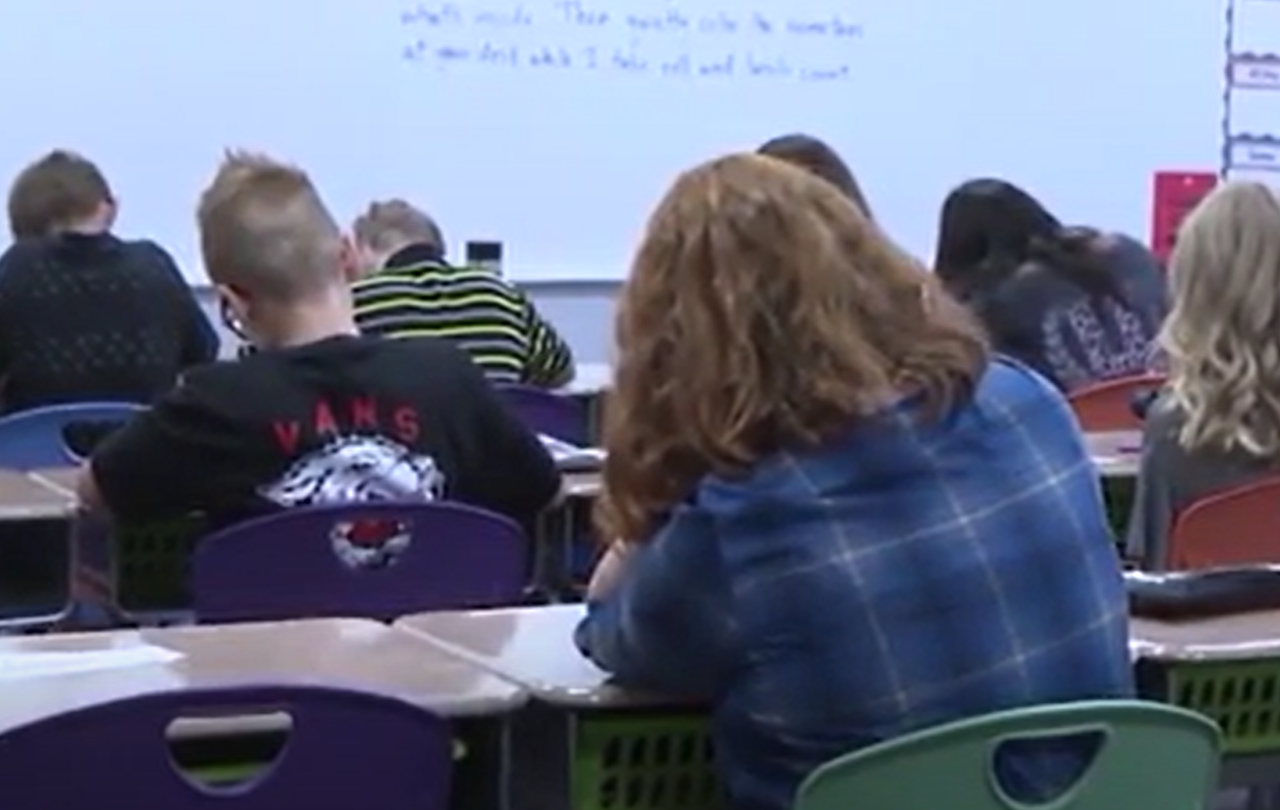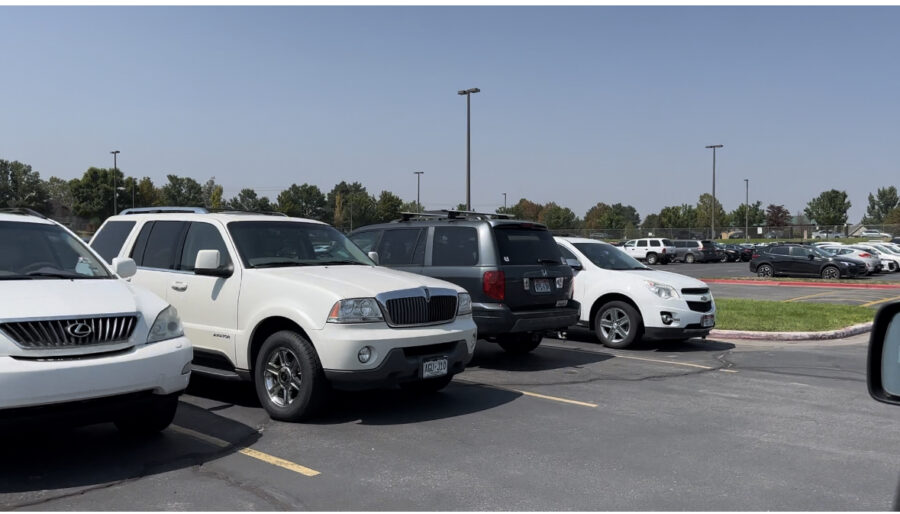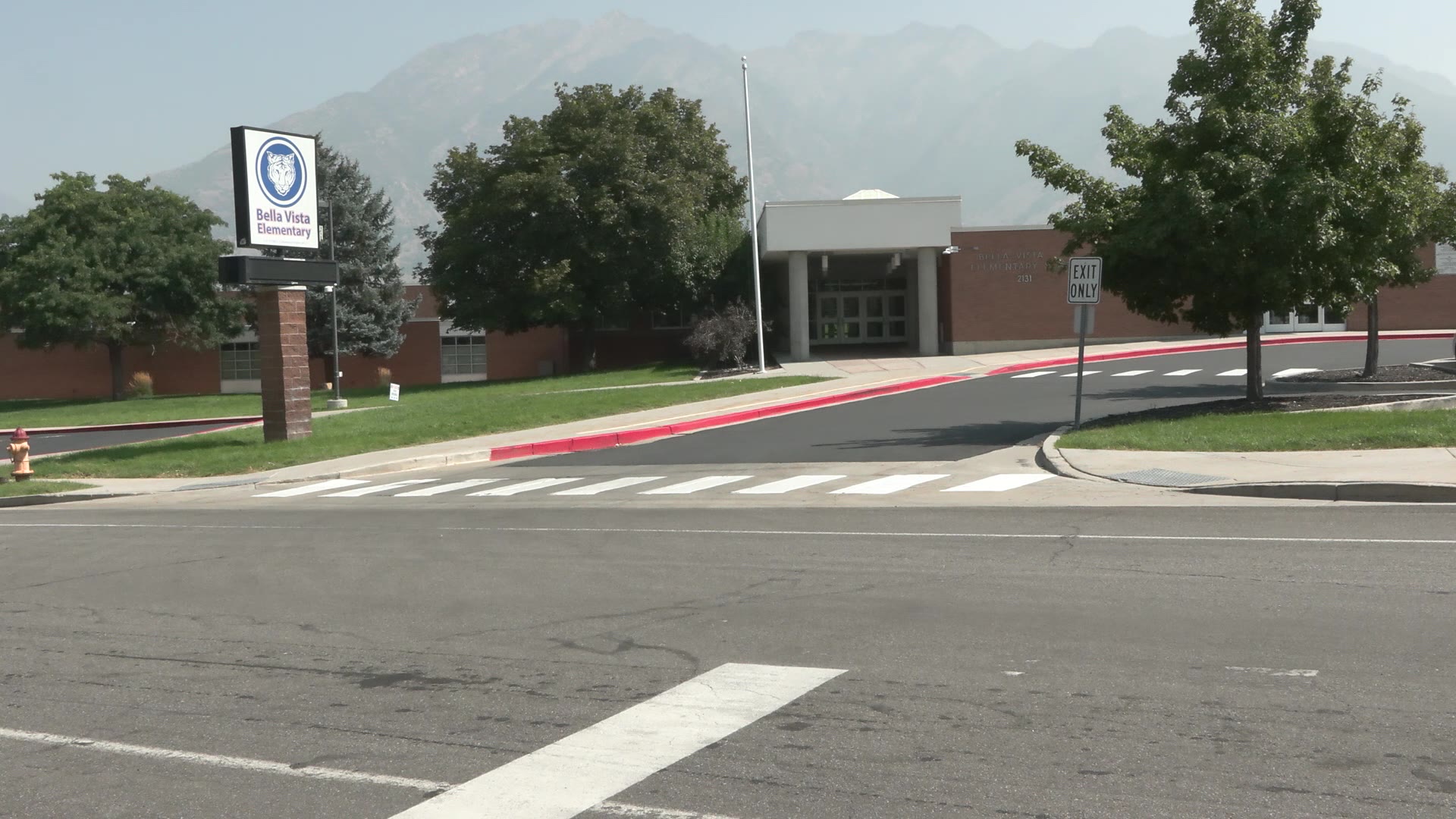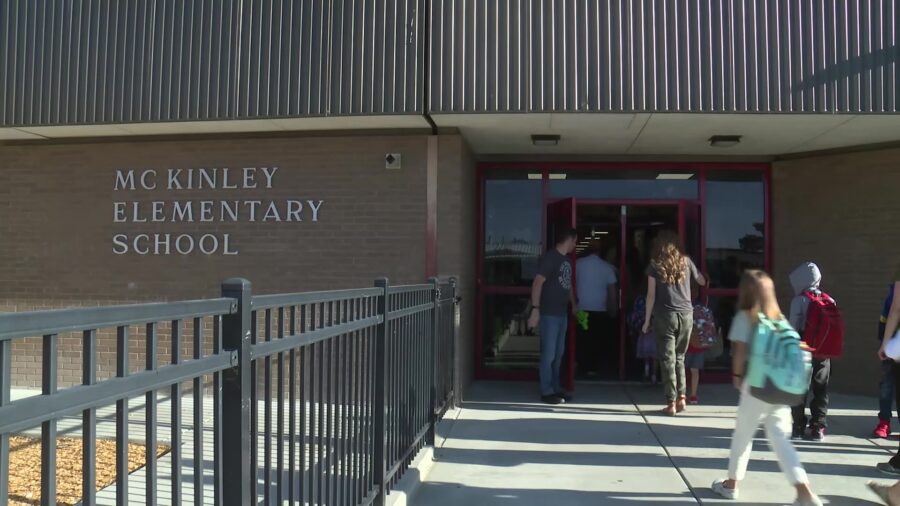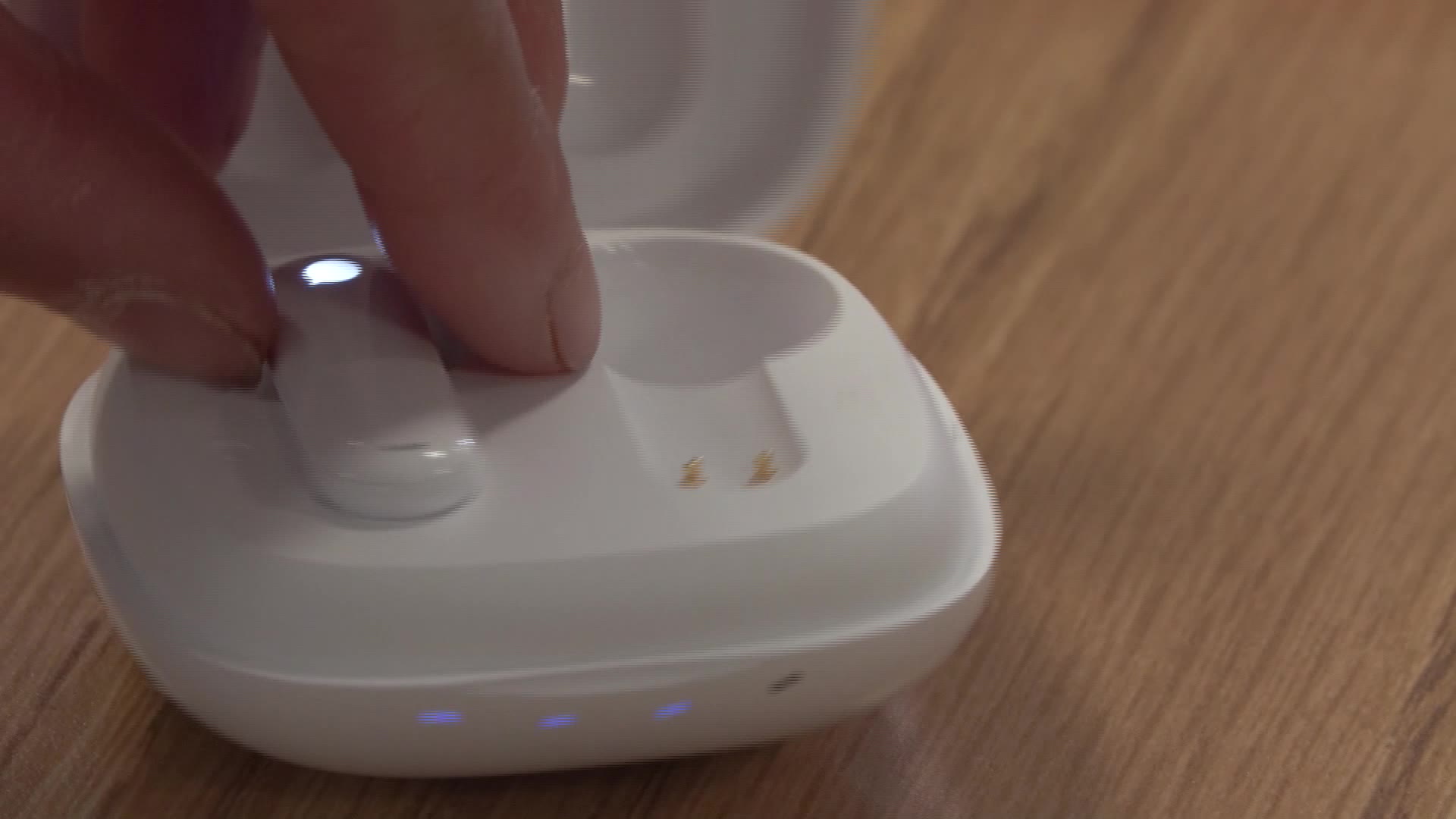Risk Equation Shows How Quickly Utah Schools Could Reach COVID-19 Thresholds
Aug 27, 2020, 9:05 AM | Updated: Jun 19, 2022, 9:57 pm
SALT LAKE CITY, Utah – In March, community transmission of the coronavirus was increasing, and officials determined it wasn’t safe for students to be in school.
Now, five months later, school districts have detailed plans for how to make schools safer and in-person learning possible.
However, it’s not what’s happening inside the schools that’s going to make the biggest difference this year.
The World Health Organization recommends that schools only open if community positivity rates are below 5% for a two-week period. Most Utah school districts don’t come close to meeting that threshold.
In the United States, the Centers for Disease Control and Prevention have set no specific benchmarks, and guidelines vary by state.
In Oregon, counties must have fewer than 10 cases per 100,000 people for three weeks before in-person classes can resume. In Arizona, three-factor thresholds are in place. In Idaho, community transmission categories guide the decision making.
Utah, though, has not yet set any guidelines or metrics to help school districts measure how safe reopening really is.
The Utah Department of Health said COVID-19 School Health Advisory Workgroup is still discussing if statewide benchmarks are necessary, and what those benchmarks should be. Meanwhile, nearly every school district in the state has already reopened to students.
Those districts have had to work independently with their local health departments to determine the safety of returning to campus.
The state has given benchmarks for events happening inside the schools. Three related cases in one class will send that class home for two weeks. Fifteen cases in one school or 10% of the student body – whichever number is lower – will shut down the entire school.
Researchers at the University of Texas-Austin created an equation that could provide an idea of how quickly Utah schools could hit those thresholds.
KSL calculated what is called the “student introduction risk” for hundreds of schools in the Salt Lake Valley.
If we consider a high school in West Valley City with about 3,000 students, for example, projections based on local community transmission rates in that zip code suggest 11 students could come to class this week who might be able to spread the virus.
Compare that to a similar-sized high school in another zip code where the positivity rate is lower. This school will likely see three students come to class already infected.
The higher the rate of infection in the community, the more students will come to class infected.
Based on what he’s seen through summer sports, Granite School District spokesman Ben Horsley said he predicts the schools in the areas with lower rates could actually have more problems during the school year.
“What we are seeing is more risk taking,” he said. “And so we do see families and other circumstances where they’re willing to socially engge or have large family gatherings without wearing masks or socially distancing.”
It underscores the importance of following health guidelines all the time if Utah wants to keep schools open this year.
“This is a ‘not if, but when’ situation,” Horsley said. “We know that COVID will impact our schools. Our message to families is school is not going to work in-person unless we do this all the way.”
The student introduction risk isn’t just a number for the beginning of the year, either. The same metric could help districts determine where to limit class size or send extra resources and supplies as case counts shift.


